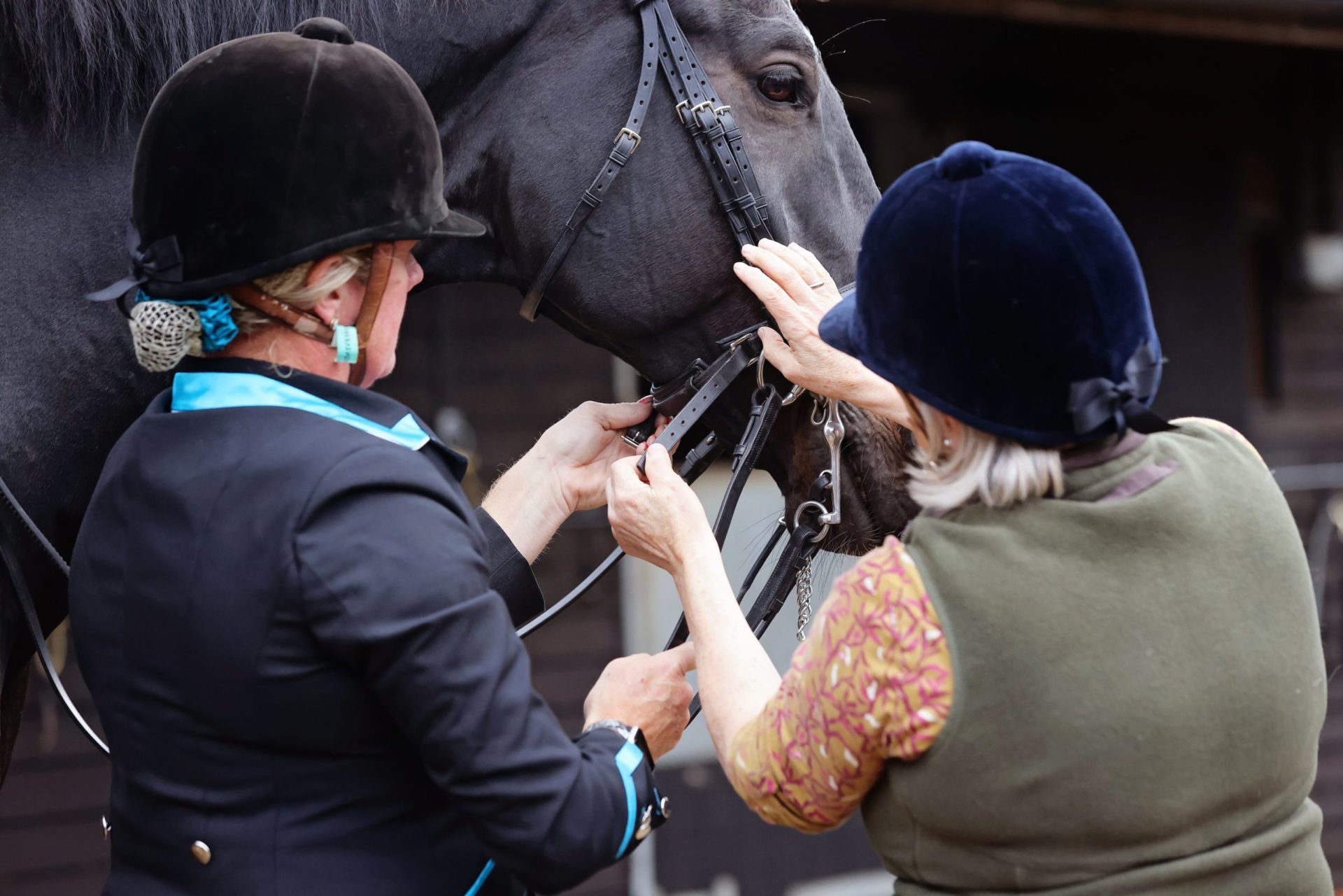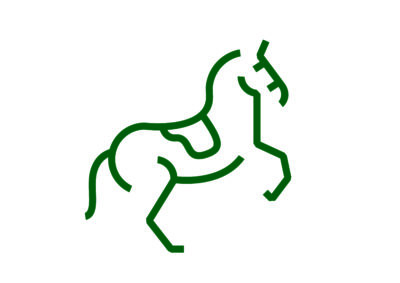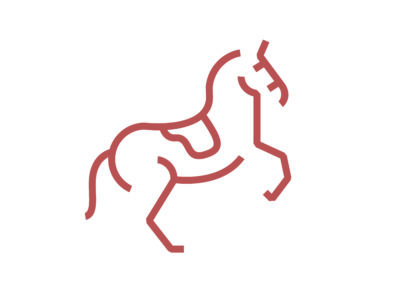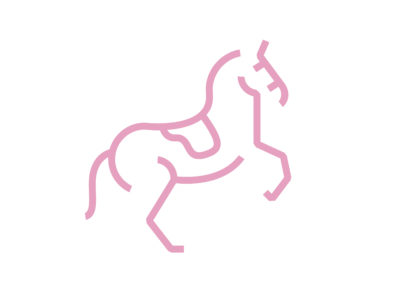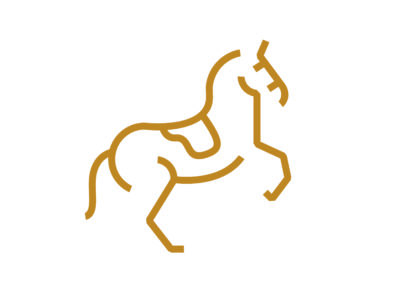The title, ‘Equine Fitter’ may relate to the fitting of saddles, bridles, harness, and bits, and other equine equipment, except that which fall under the Veterinary Surgeons Act and is fitted by a Vet., Chartered Equine Professional, or a member of a vet-lead team, or a Farrier according to the Farriers Registration Acts.’
The Equestrian Fitter is an essential part of the horse and rider welfare team. The role demands technical comprehension and competence, empathy for the horse-human partnership, communication skills, and competence in running a business.
The framework or functional map is set out to reflect the level of knowledge and performance necessary to properly execute each element of the role of Equine Fitter.
The necessary skills should be acquired and developed through varied modes of training and practical experience. Training providers should ensure a balanced curriculum that teaches and examines all skills specified in this document and supports practical, hands-on training of sufficient duration prior to qualification. It is expected that practising equine fitters will continue to expand and build their knowledge and skills through continuing education and professional development.
Certain assumptions have been made in the development of this framework. Where specific skills are mentioned, it is expected that someone skilled and capable will carry out the work. Similarly, where equipment is specified, it is expected that this will be appropriate for the anticipated purpose. Please also note that the term ‘horse’ is used when referring to any member of the Equidae family including horse, pony, donkey, and mule. ‘Equestrian’ is used to indicate a human who may interact with the horse using fitted equipment, such as the guardian, rider, driver, or handler.
This framework is divided into key areas, functions, and units. Each unit contains a summary, links to other units, and performance criteria. The full range of knowledge and skills needed for a particular job can be specified by grouping together units of occupational standards.
As the occupation of Equine Fitter evolves, so will these standards. They will be reviewed regularly and developed to reflect good practice and new understanding in research and implementation that is of relevance to the occupation of saddlery and lorinery fitting.
EFC Occupational Standards
The Equine Fitter functional map combines existing standards utilised by other equestrian roles with standards which are specific to the role of equine fitter. EFC standards have been drafted to apply equally to fitters of all types, whether specialist saddle, bit, bridle, or harness. In time the occupational standards will be developed where distinct skills or knowledge should be defined.
Find non-EFC standards here